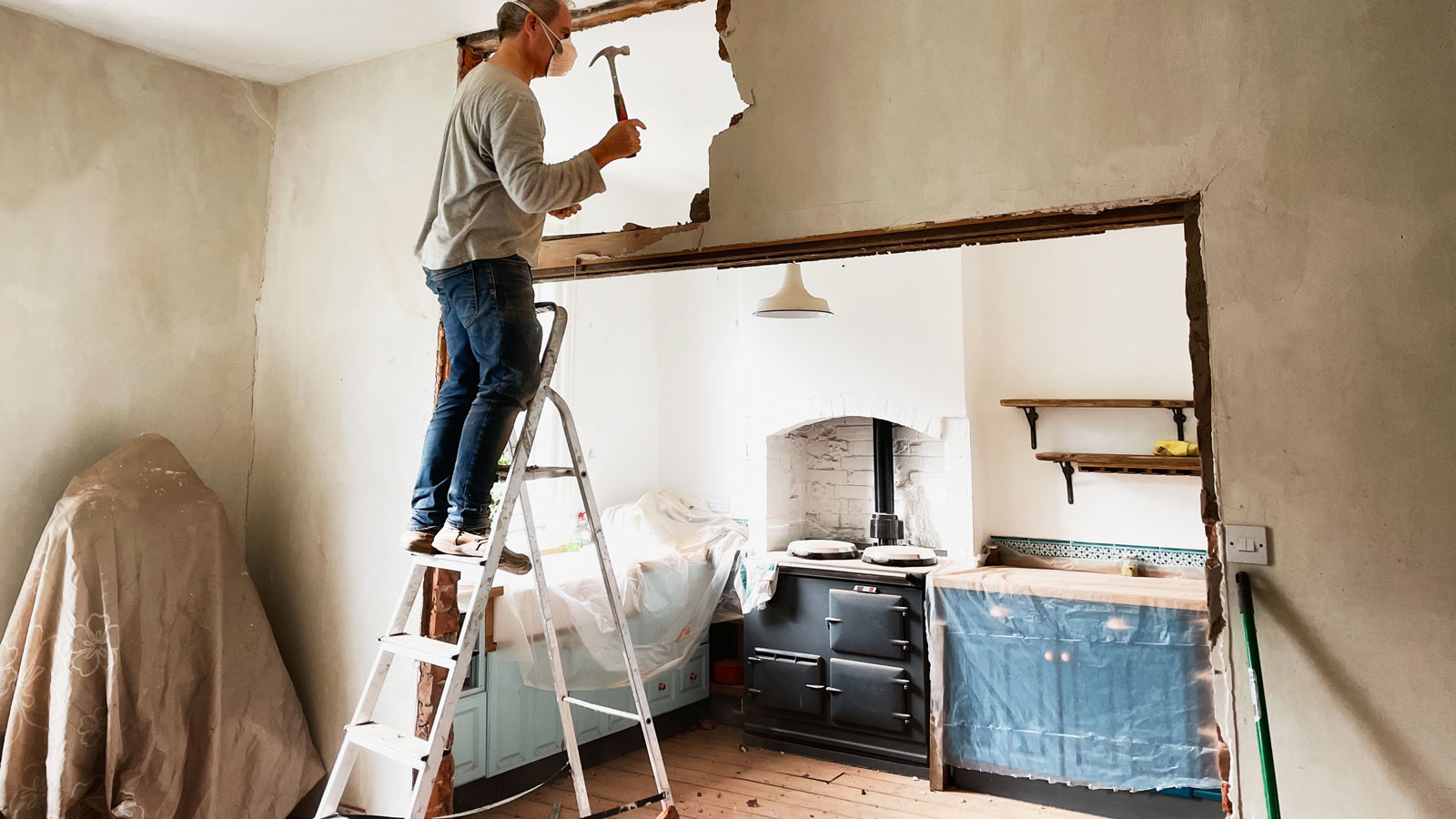Gas fire removal: Everything you need to know
Are you considering a gas fire removal project? Here, we cover everything, from how to get the job done safely to how much it is likely to cost you

Gas fire removal is actually a fairly common project, with more and more people facing rising fuel prices and looking for cost-effective ways to heat their homes.
Installing log burning stoves in the place of old gas fires is a very popular home improvement, as is upgrading inefficient or faulty gas fires in favour of something more suited to modern expectations and those incorporating innovations in technology.
We have spoken to experts in the field to bring you this guide on how to remove a gas fire safely, including advice on how long the job is likely to take, how much to budget for this project and whether or not it is possible to tackle the task on a DIY basis.
Is gas fire removal a DIY job?
While removing, restoring or opening up a fireplace is something often undertaken on a DIY basis, when it comes to gas appliances, the advice is always to call in the professionals.
"When it comes to safely removing a gas fire, it is crucial to entrust the job to professionals who are qualified and certified in their respective fields," says Calvin May, head of technical services at HETAS. "Gas work, including the disconnection of gas pipes, should always be carried out by a Gas Safe engineer, while solid fuel work requires the expertise of a HETAS engineer. Safety is paramount, especially considering the potential risks associated with gas and solid fuel technologies."
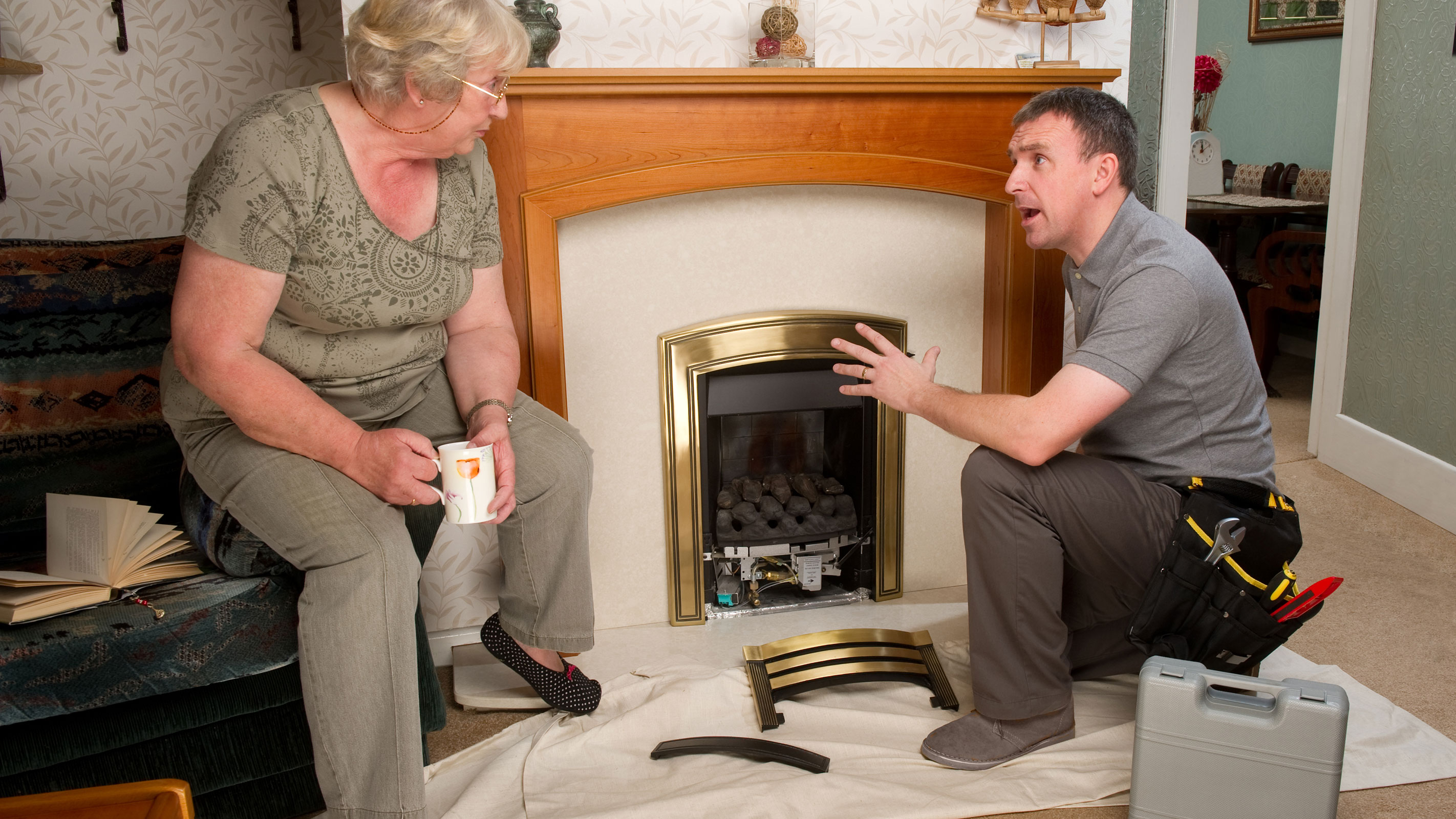
Why is gas fire removal a good idea?
There are many reasons why people choose to remove gas fires, but perhaps one of the most common driving factors is the desire to embrace more environmentally friendly and lower cost technology. If you are asking 'how much does it cost to run a gas fire' the answer might also be a factor that helps you decide on whether or not you want to go ahead.
"Advancements in cleaner technologies offer not only operational benefits but also contribute to a more sustainable environment. Our HETAS Cleaner Choice scheme advocates for environmentally friendly impacts, aligning with the growing emphasis on responsible energy consumption," says Calvin May.
Bring your dream home to life with expert advice, how to guides and design inspiration. Sign up for our newsletter and get two free tickets to a Homebuilding & Renovating Show near you.
"Furthermore, operational advantages can be gained from embracing innovative technologies. Pellet technology, for instance, provides enhanced controllability and compatibility with gas appliances. This seamless integration extends to convenient remote control via mobile devices, ensuring efficient and user-friendly operation."
In addition, older gas fires can be unattractive and take up more room than modern alternatives — plus they often just don't do justice to an interior scheme in the same way that log burners or stylish radiators can.
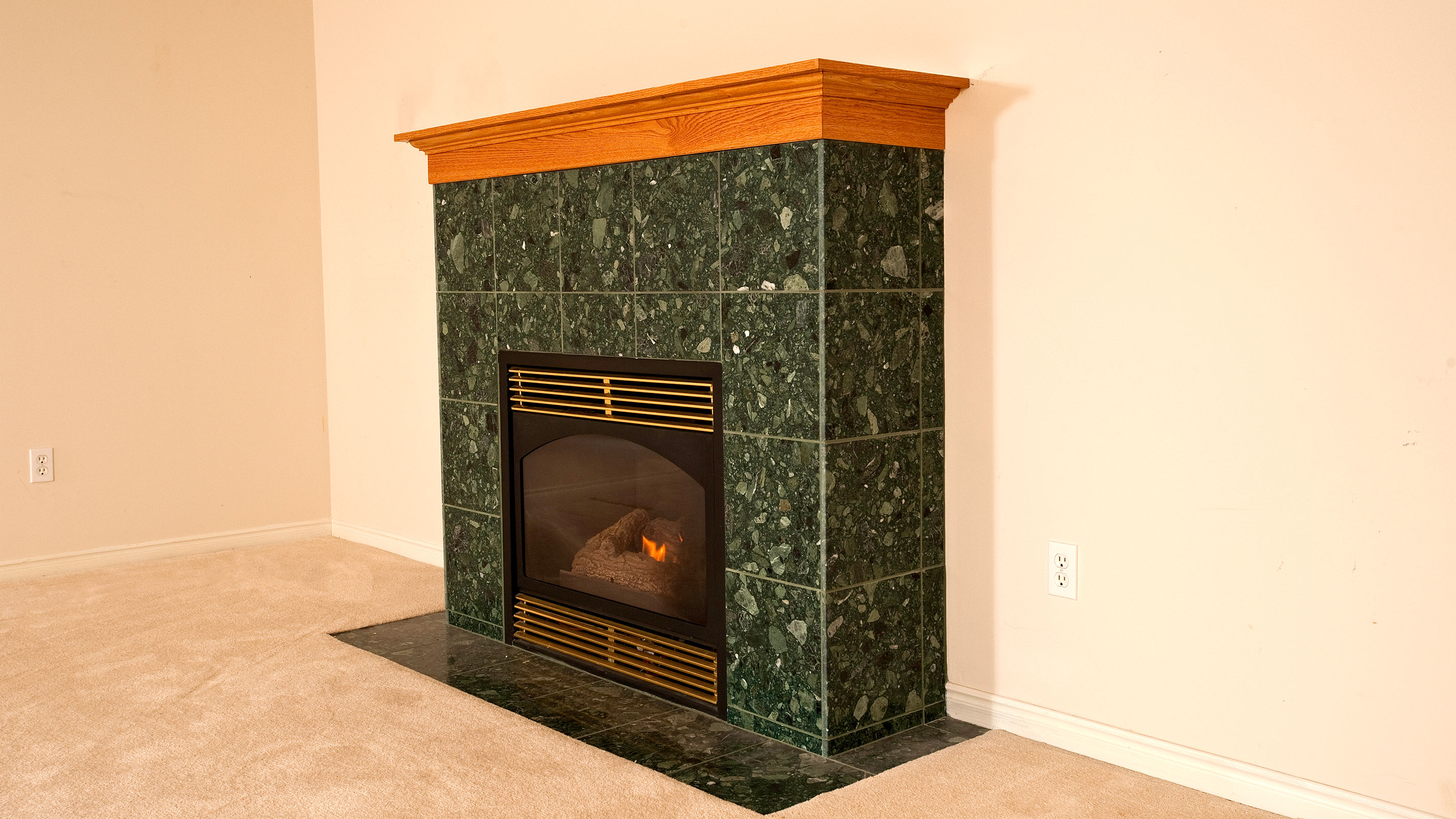
What can you replace a gas fire with?
Once you have made the decision to remove your gas fire, you will probably be wondering what to replace it with or be asking how to replace a gas fire with a woodburner.
"A gas fire can be replaced with an alternative heating solution, such as a modern electric fire or a traditional wood burning or multi fuel stove," advises Jon Butterworth, director at Arada Stoves. "An electric fire is a much simpler addition to the home as it does not require a certified fitter to install the fire, simply an electricity source to plug it in. You will however need to build an appropriate surround to house the fire.
"Alternatively, if you’d like to install a wood burning or multi fuel stove, this will require more research and speaking to a certified installer who will be able to advise what you can and can’t have as there are variable factors for every household that need to be considered.”
Of course you may simple want to use your now empty fireplace in a decorative way, in which case you might want to consider alternatives to fireplaces, such as bioethanol models.
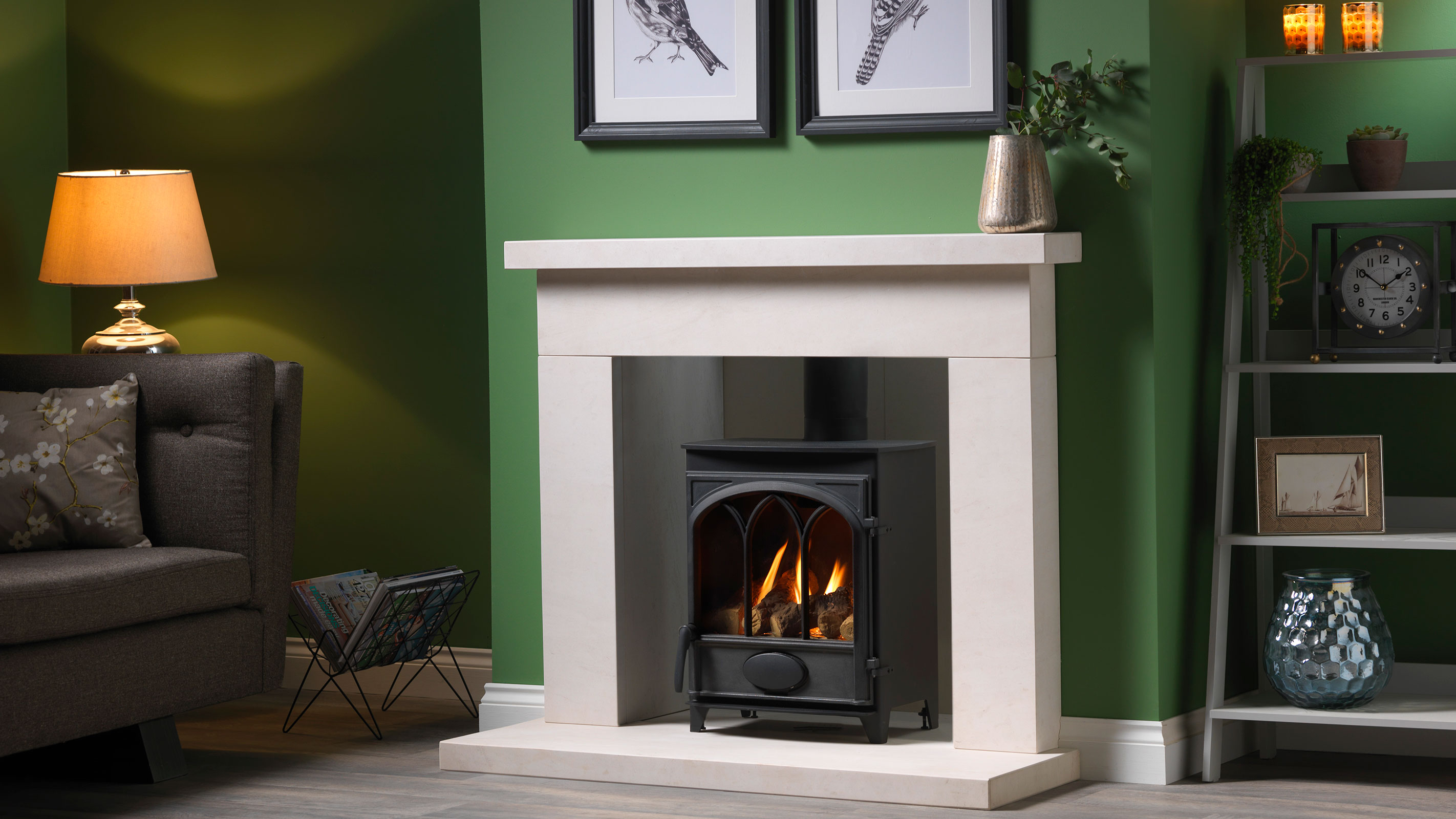
Are there different types of gas fire?
Before calling out someone to remove your gas fire, it is incredibly useful to know exactly what type of gas fire you have — not all are the same. According to Gas Safe Register these are the different types of gas fire:
- Gas fire with flue: "A flue can be a brick chimney or metal constructed pipe and simply provides a means for exhaust gases to pass from a gas fire to the outside of your property," their experts explain. "There are two main types of flued gas fire: conventional flue gas fires, and balanced flue gas fires."
- Conventional flue gas fires: This type of gas fire needs to be connected to a chimney or flue. "Conventional flue gas fires work by drawing air from the surrounding space, which is combined with draught air rising through the chimney/ flue," say the experts at Gas Safe Register. "This helps remove Products of Combustion (PoC) or waste gases that are then expelled via the chimney. Conventional flue gas fires come in both open-fronted and glass-fronted styles. Glass-fronted styles have become more popular with stove effect fires."
- Balanced flue gas fires: These feature a concentric flue which is located at the back or top of the fire, connecting them to outside. "Unlike conventional flue gas fires, which can be open-fronted, all balanced flue gas fires are room-sealed and glass-fronted," say Gas Safe Register.
- Flueless gas fires: This type of fire will not be connected to any kind of flue or chimney — although they still require ventilation.
- LPG gas fires: Unlike the majority of gas fires, which use mains gas, LPG gas fires use liquefied petroleum gas (LPG), also known as propane or butane, supplied via a tank.
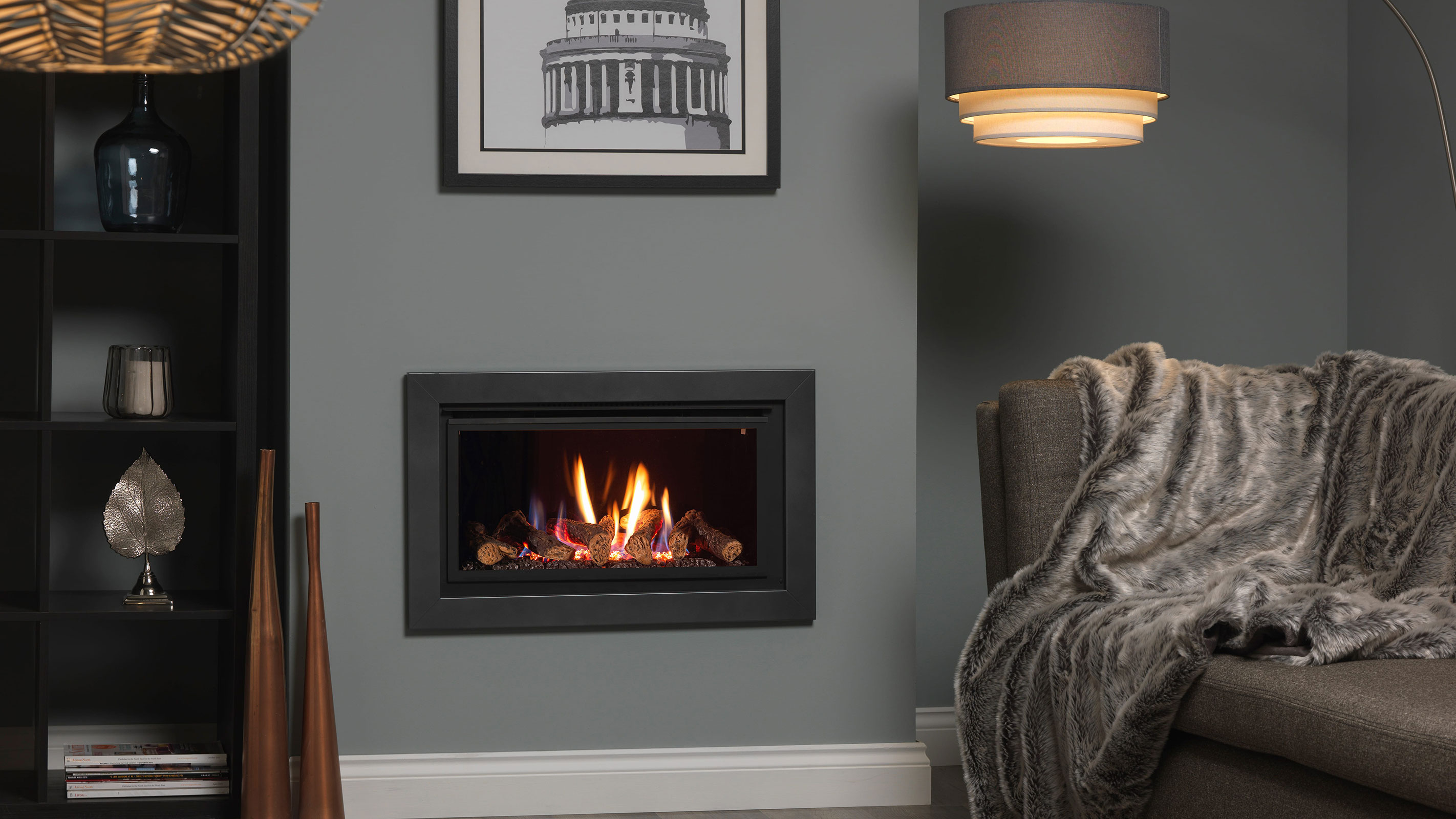
How do you remove a gas fire?
As mentioned previously, it is actually a legal requirement to call in a professional in order to remove a gas fire — it is essential that this job is carried out by a Gas Safe Registered engineer.
However, it is useful to understand the process of removing a gas fire to get an idea of the kind of disruption to expect.
Gas fires tend to be made up of a hearth, surround, fireplace and chimney or flue.
The most straightforward (and cheapest) way of removing a gas fire is to simply take out the fire and cap off the gas supply. Of course this job usually goes hand-in-hand with the removal of the surround, fireplace and hearth, depending on what you plan on using in its place.
How much does gas fire removal cost?
The cost of removing a gas fire tends to vary according to a number of factors, such as the condition of the old fire and what you plan on replacing it with — if anything.
"If you’re planning to not only remove your gas fire but also remove the surrounds and chimney, the job will take much longer and be much more expensive," advise the experts at Checkatrade.
They estimate the average cost of removing a gas fire to be £75, rising to £100. However, if you are also removing the hearth, they advise adding on around £350, while chimney removal costs could be between £1,000-£1,600.
While it will obviously cost you to have a gas fire removed, don't forget the value you could add by carrying out the task, as well as the potential energy savings you may make.
"Cost considerations are pertinent," says Calvin May. "The recent surge in gas prices might lead to cost savings when opting for alternatives such as wood burners. This financial aspect should be weighed against the expenses involved in the removal process and the installation of a new system."
Natasha was Homebuilding & Renovating’s Associate Content Editor and was a member of the Homebuilding team for over two decades. In her role on Homebuilding & Renovating she imparted her knowledge on a wide range of renovation topics, from window condensation to renovating bathrooms, to removing walls and adding an extension. She continues to write for Homebuilding on these topics, and more. An experienced journalist and renovation expert, she also writes for a number of other homes titles, including Homes & Gardens and Ideal Homes. Over the years Natasha has renovated and carried out a side extension to a Victorian terrace. She is currently living in the rural Edwardian cottage she renovated and extended on a largely DIY basis, living on site for the duration of the project.

